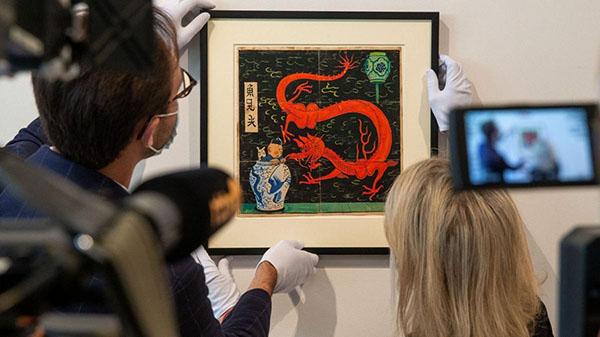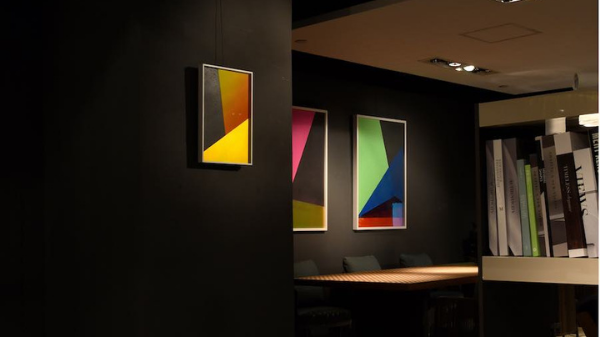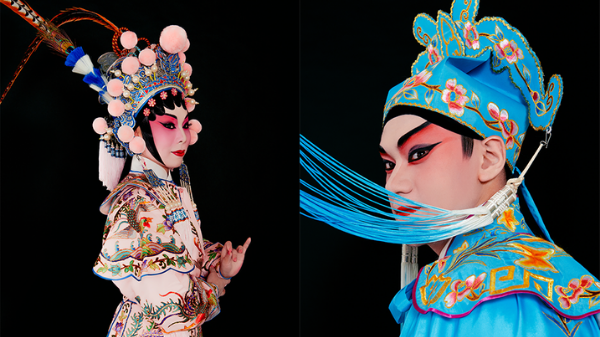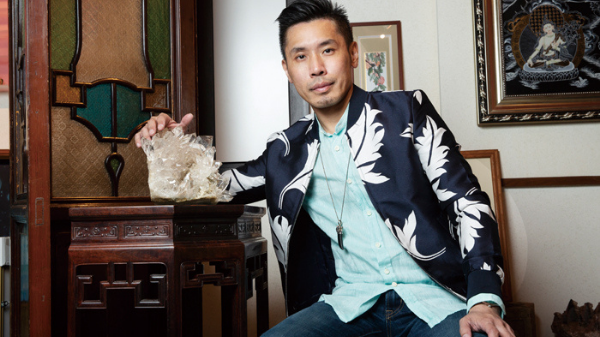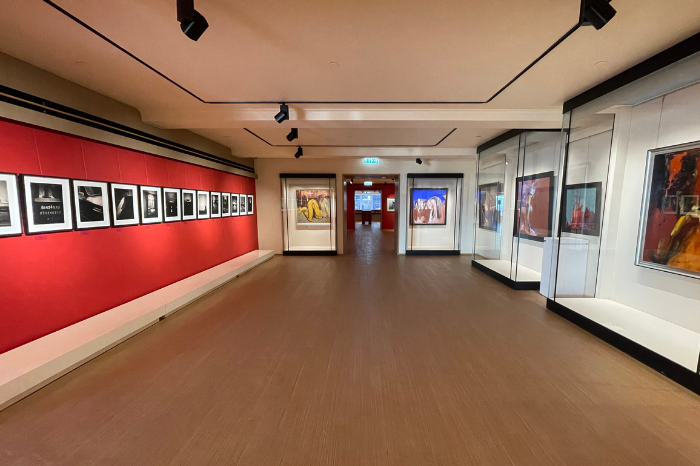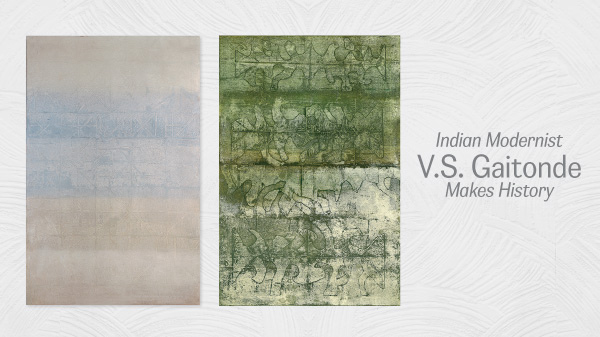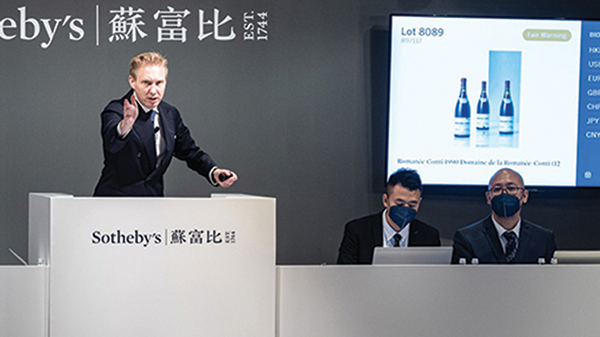Unlike vintage wine, classical art and centuries-old antiques that can cost an arm and leg to invest in, alternative collectables such as whiskys, sneakers and the burgeoning NFTs are easier (and relatively less expensive) to enter into the market and starting investing in now for higher returns in the future. Here are six types worth considering…
- Whisky
In over an eight-year period, the value of single malt whisky has risen by 361.09% in value with particular interest in rare and special edition collections. Last October the oldest Japanese whisky Yamazaki-55 fetched a whopping HK$6.2 million while a collection of six-special edition Macallan single malt whiskys went under the hammer for an astounding HK$20.65 million, proving to be a lucrative investment. - Chinese antiques
Chinese antiques such as rare porcelains, jades, sculptures, bronzes and traditional works of art and calligraphy spanning 4,000 years reflect a rare part of Chinese history and heritage that is highly valued for its provenance and the fact that many of these artefacts were produced by high-ranking officials or housed within Chinese imperial quarters. Sotheby’s alone held a total of 23 live and online auctions across 3 continents for Chinese Art which altogether realised over US$193 million last year. With sales of Chinese art and antiques surging over the last decade, investments in Chinese traditional art and antiques have proven to be of high value and worth in the marketplace. - Vintage handbags
Vintage handbags, dating over 20 years back, are known to fetch a sum on auction blocks. According to the Knight Frank Luxury Investment Index, handbags performed better than art two years ago, profiting with 13% gain in overall returns. World renowned luxury houses such as Hermès, Chanel and Louis Vuitton are known to have produced limited and highly exclusive hand bag models, such as Hermès Birkin, Chanel Flap Bag and Louis Vuitton Neverfull, often going under the gavel for hundred thousands and even millions (USD). - Comic books
Once deemed as a pastime for the pre-pubescent, comic books — particularly rare first editions — have burgeoned into an unexpected investment opportunity in the last year or two. Their investment value have seen jaw-dropping returns such is the case of the record-breaking DC Comics Superman-debuting Action Comics #1 from 1938 which sold for a staggering HK$25 million, while the original artwork of the fifth instalment of the Tintin series from 1936, The Blue Lotus, fetched a whopping HK$31.75 million. - Sneakers
When it comes to the hypebeast culture — specifically sneakers —the truth of the matter is that although these footwear, at face value, don’t hold much value in themselves, their demand in the market have driven its worth through the roof. Rare or limited edition sneakers commonly resell for over 50 times its original cost. A case in point is the latest sale of a Yeezy at Sotheby’s, the original Nike Air Yeezy 1 that was worn by the artist Kanye West himself during his performance at the 50th Grammy Awards which sold for a jaw-dropping US$1.8 million, and this is just one example of many sneaker editions that have made headlines in the past. - NFTs
Non-fungible tokens are unique and new to the world of investment yet it is the talk of the town. One-of-a-kind and irreplaceable certifications of authenticity of any digital work from musical albums to digital art have proven to be worth millions at auctions as seen by the ground-breaking sales of two digital works in two different areas of the creative industry. Digital artist Beeple’s Everydays: The First 5,000 Days collection of illustrations went under the gavel for nearly US$70 million at Christie’s, while American producer and DJ 3LAU’s Ultraviolet music album fetched an astonishing US$11.7 million, and it is not likely to stop there.




